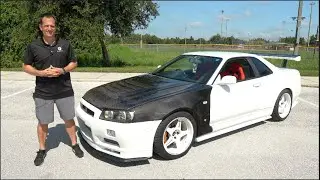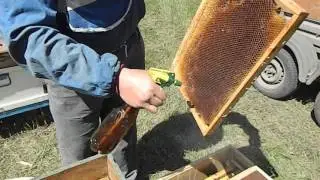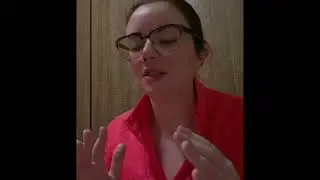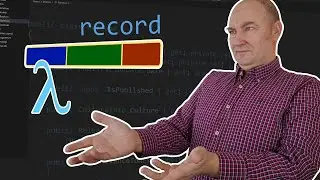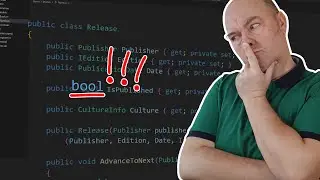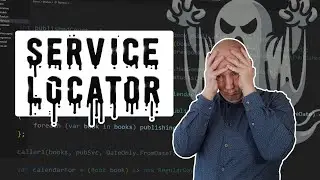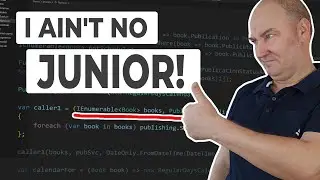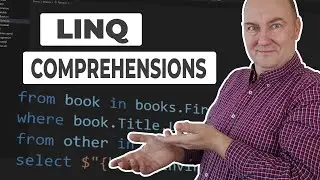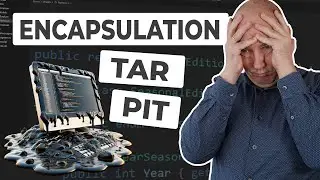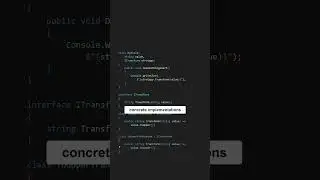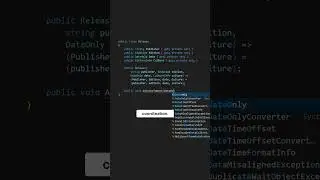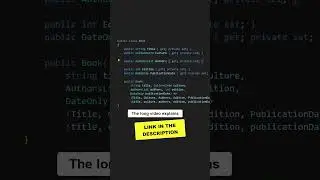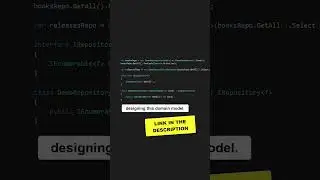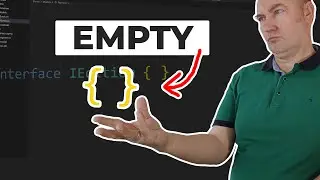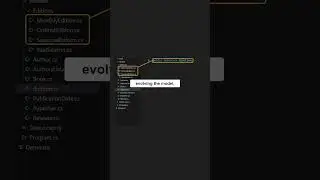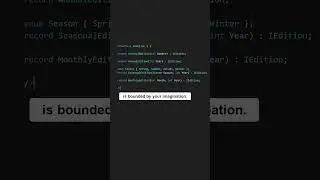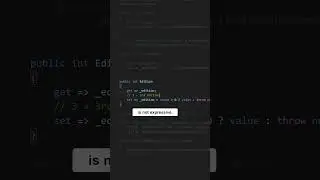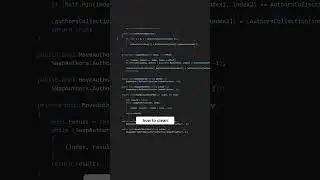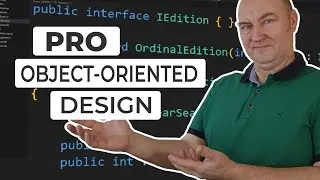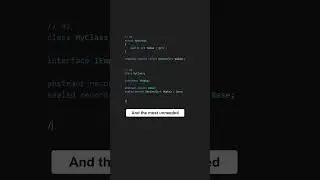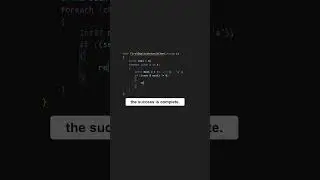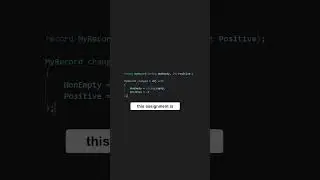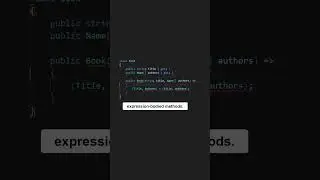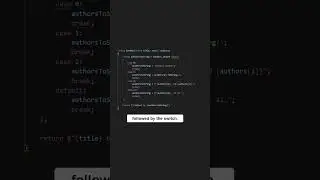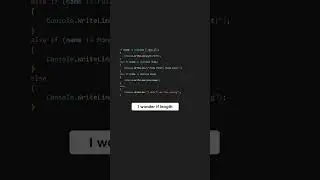The C# Question I Hear Every Day
Watch the full video: • The Ultimate Guide to C# Records
One question about C# records I hear every day.
People say they can use a with expression to set properties to whatever they wish, even to insane values.
Will this not attract bugs like a candle? - they keep asking.
The problem is they fail to notice that this assignment is no different from what they would do in a class with private setters.
Oh, sure, you may think, that's why we validate stuff before assigning it to encapsulated state in a class.
Shure you do. But don't you validate stuff before using it in a with expression, too?
That is the root cause of confusion.
With expressions must always be a part of a larger whole, where the data are sanitized and validated the same way as you do in any class method.
Follow the link to the long video to learn more about records.
Become a sponsor to access source code ► / zoranhorvat
Join Discord server with topics on C# ► https://codinghelmet.com/go/discord
Enroll course Beginning Object-Oriented Programming with C# ► https://codinghelmet.com/go/beginning...
Subscribe ► / @zoran-horvat
▬▬▬▬▬▬▬▬▬▬▬▬▬▬▬▬▬▬▬▬▬
👨 About Me 👨
Hi, I’m Zoran, I have more than 20 years of experience as a software developer, architect, team lead, and more. I have been programming in C# since its inception in the early 2000s. Since 2017 I have started publishing professional video courses at Pluralsight and Udemy and by this point, there are over 100 hours of the highest-quality videos you can watch on those platforms. On my YouTube channel, you can find shorter video forms focused on clarifying practical issues in coding, design, and architecture of .NET applications.❤️
▬▬▬▬▬▬▬▬▬▬▬▬▬▬▬▬▬▬▬▬▬
⚡️COPYRIGHT NOTICE:
The Copyright Laws of the United States recognize a “fair use” of copyrighted content. Section 107 of the U.S. Copyright Act states: “Notwithstanding the provisions of sections 106 and 106A, the fair use of a copyrighted work, including such use by reproduction in copies or phono records or by any other means specified by that section, for purposes such as criticism, comment, news reporting, teaching (including multiple copies for classroom use), scholarship, or research, is not an infringement of copyright." This video and our youtube channel, in general, may contain certain copyrighted works that were not specifically authorized to be used by the copyright holder(s), but which we believe in good faith are protected by federal law and the Fair use doctrine for one or more of the reasons noted above.

